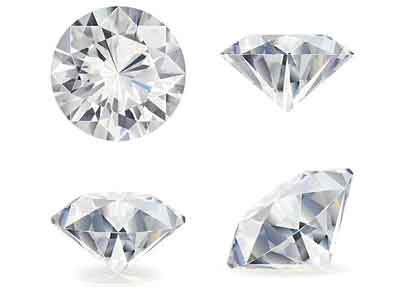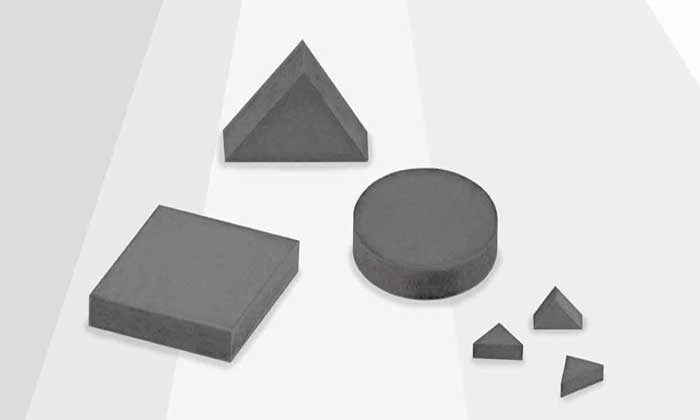The benefits of solid CBN inserts are numerous and are evident in a number of industries. Compared to diamonds, they have greater chemical and thermal stability, and are much easier to form and press. These benefits have increased productivity and improved surface finish. These qualities have led to the widespread use of solid CBN inserts in the gear and bearing industries. If you’re considering purchasing solid CBN inserts for your next project, consider these benefits.
Better thermal and chemical stability than diamonds

A cost-effective alternative to diamond tools, polycrystalline cubic boron nitride (PCBN) inserts have superior toughness and hardness. As a result, they are more resistant to chemical attacks and can remain hard even at high temperatures. In contrast, diamond begins to decompose at 800degC. In addition, they are compatible with standard tool holders.
Boron nitride is a composite material that has properties similar to diamond, but is not found in nature. The technology that created diamonds also produced CBN. First synthesized in 1957 by scientists from General Electric, CBN was introduced to the market under the trade name Borazon. The initial cost was prohibitive, but with the resulting superior properties, it soon became a popular alternative for diamond-based tools.
Easier to press and form
A solid CBN insert is easier to press and form than a conventional carbide insert. Solid CBN inserts have a lower surface roughness and are more resistant to corrosion. They also have a longer tool life than carbide inserts. The surface roughness of a workpiece is a factor in determining the material’s forming characteristics. Solid CBN inserts are more difficult to press.
The solid CBN insert, also known as full CBN, is composed of micron-sized particles of CBN with a bond material. This type of insert is less expensive to press and offers more cutting edges per insert. Its high microhardness and heat resistance makes it an excellent choice for machining ferrous materials, particularly cast iron and nodular steel. In addition to being harder, Solid CBN inserts also have higher wear resistance.
Increased productivity
Solid CBN inserts are designed for use in machining applications requiring high cutting and wear resistance. They are available in two grades, BXA10 and BXA20. BXA10 inserts are designed for light to medium interrupted machining of hardened steel parts, while BXA20 inserts are optimized for use in continuous and interruptive applications. Both grades feature exceptional wear resistance and machining efficiency.
Full CBN inserts are made from micron-sized powdered boron nitride and a bond material. Because they are made of CBN, they are easier to press and reduce overall production costs. Unlike carbide inserts, solid CBN inserts offer 510 times the machining efficiency. They can be used in machining applications involving cast iron, such as brake Disc, drum, and rolls.
Improved surface finish
The surface finish and cutting forces of solid CBN inserts are closely related to their nose radius. This study shows that the percentage of CBN content in cutting tool material and the work material’s hardness play a significant role in determining the overall performance of a solid CBN insert. It also shows the comparative performance of three different CBN insert grades at various workpiece hardnesses. The results were obtained through a desirability analysis, which identifies the optimum parameters based on multiple responses.
Conclusion:
Edge preparation plays a vital role in improving the surface finish of solid CBN inserts. While CBN is typically recommended for high-speed cutting with high-pressure applications, sharp edges can chip or break. This can be an issue for many applications, including internal boring, but it can also be a problem caused by machine limitations or workpiece clamping. A good way to protect the edge of solid CBN inserts while maintaining a high-quality surface finish is to add a coating to the cutting edges. Physical vapour deposition coating can improve the wear resistance and increase tool life.
